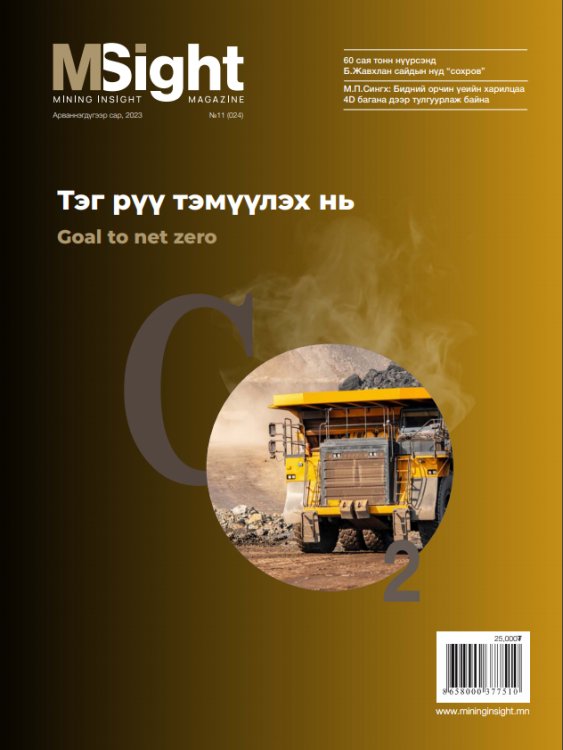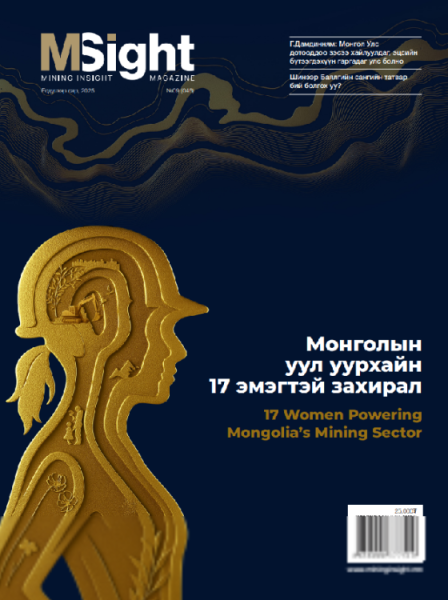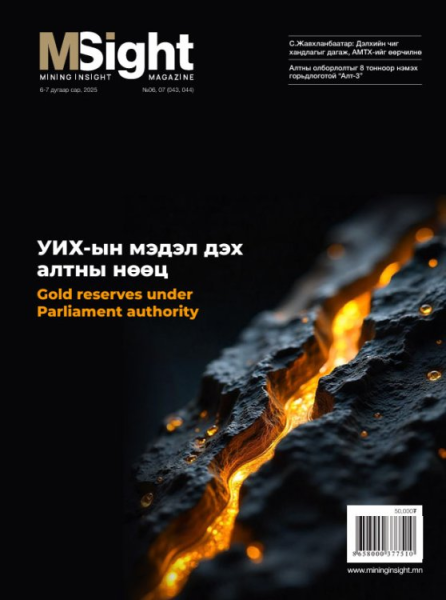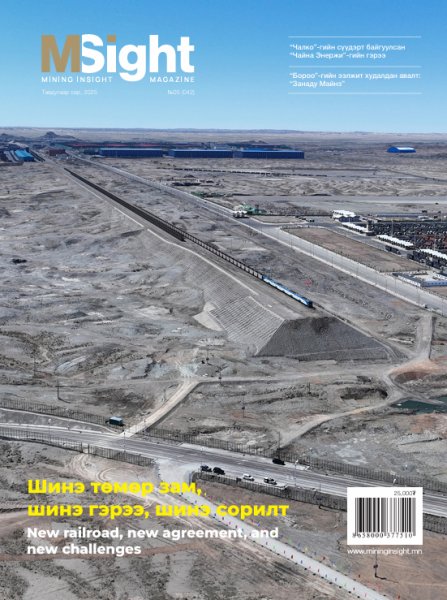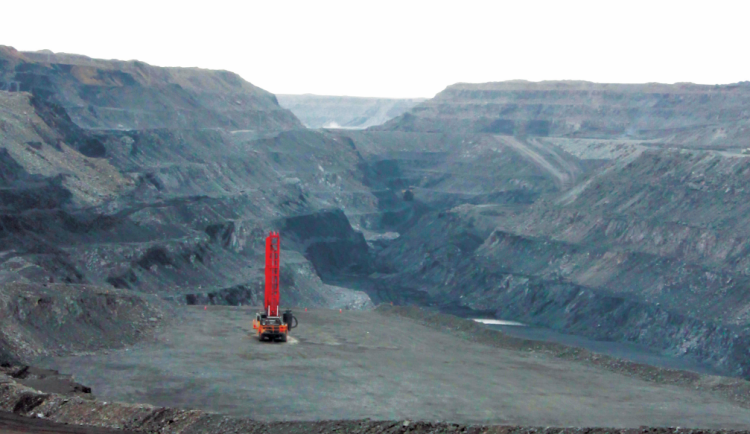
We are currently in an era where the objectives and visions of companies must harmonize with the goals and values of society for the well-being of the planet and future generations. Consequently, the primary global objective today is to mitigate climate change by reducing greenhouse gas emissions. Across our blue planet, nations are making commitments and collaboratively working towards this goal. The number of companies actively participating in the effort to reduce the Earth's temperature is steadily increasing. These companies are now pledging to achieve net-zero emissions, calculating their greenhouse gas emissions, and providing reports on their initiatives to minimize them.
As a result, this has become a pivotal metric for business reputation and company valuation. In our latest publication, we delved into how mining companies calculate their greenhouse gas emissions and the measures they are implementing to lessen their environmental impact. Explore more about the initiatives of the world's major mining giants in this area through Misheel. E's article, "Goal to Net Zero." Given that this is a relatively new topic in our country, the article holds significant importance. Rio Tinto, Vale S.A., and BHP, the CO₂e emission data of the top three mining companies globally, have been compiled and extracted from their 2022 reports. This encompasses more than CO₂ calculations, as these companies shared their experiences in developing and implementing reduction strategies, outlining methods to achieve their goals, and showcasing advanced technologies. Simultaneously, our focus is on elucidating the CO₂ reduction plans, calculations, and reporting practices of Mongolian mining companies. In comparison to other nations, Mongolian companies are rather young in this aspect. Open data searches reveal that only a handful of companies in Mongolia record their CO₂ emissions. Despite reaching out to leading companies for information, obtaining comprehensive answers proved challenging.
Nonetheless, calculating CO₂ emissions is imperative. As an expression of environmental concern, companies providing overviews were highlighted in the article "Goal to Net Zero." Although seemingly small, the impact and outcomes achievable by a single company are immeasurable. The initiatives and examples set by pioneering companies play a crucial role in inspiring others to follow suit. However, the methods employed by Mongolian mining companies to calculate CO₂ emissions vary, making it challenging to weigh and compare them. We leave it to the readers to present and assess the information at their disposal. This underscores the need for our country and its mining companies to deliberate on the calculations and methods they will adopt and endorse. While there is a perspective asserting the unfairness of imposing responsibility for negative effects and damages resulting from industrialization in our developing country in comparison to the greenhouse gas emissions of developed countries, we cannot diverge from the global trend and direction.
The expansion of the carbon tax, originating from the European Union member states, is inevitable. Reducing greenhouse gas emissions has become an irreversible requirement, not only for financiers and supply chains but for society as a whole. To fulfill this, mining companies must align their CO₂ emissions with internationally accepted calculation methods and report them openly and transparently. On another note, considering the current situation in Mongolia, the article emphasizes that increasing absorption is the most feasible response to the goal of reducing greenhouse gas emissions. Given the limited potential for significant changes in reducing greenhouse gases, the initial and most viable step for Mongolian mining companies is tree planting to "save" their reputation. The responsibilities and burdens of the President's "Billion Trees" promise primarily rest on the mining sector, with the government, provinces, districts, and miners collectively undertaking the responsibility for tree planting. Detailed calculations for each mine indicate that nearly 900 million trees may be affected by the mining industry. While commendable progress has been made, it is crucial to compare the amount of CO₂ emitted with the number of trees planted to absorb it.



